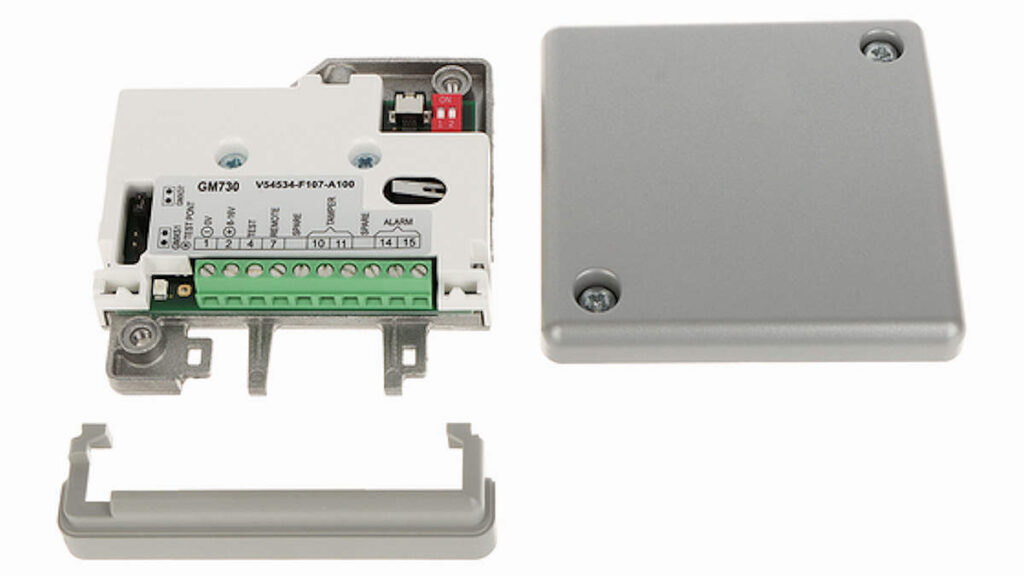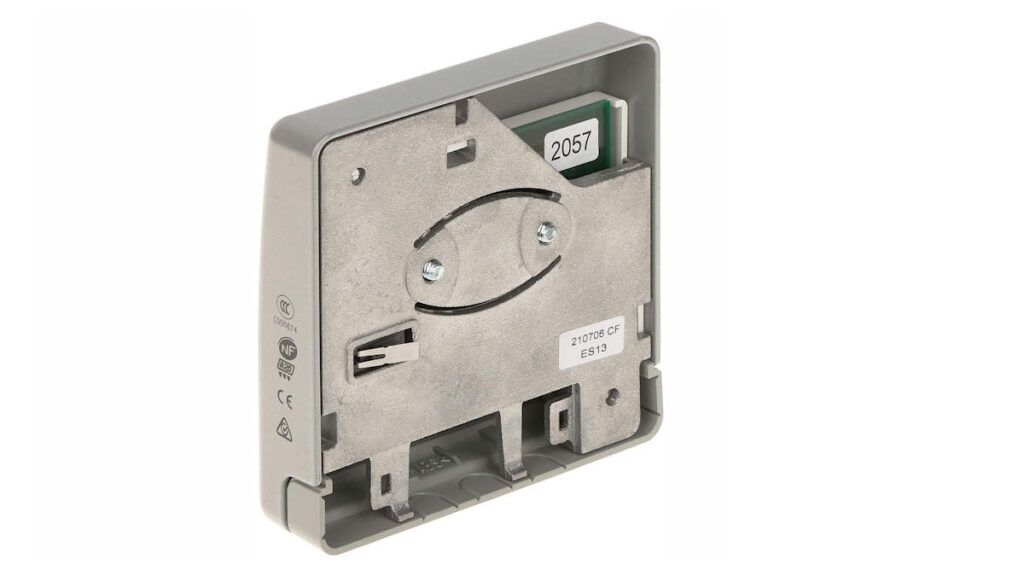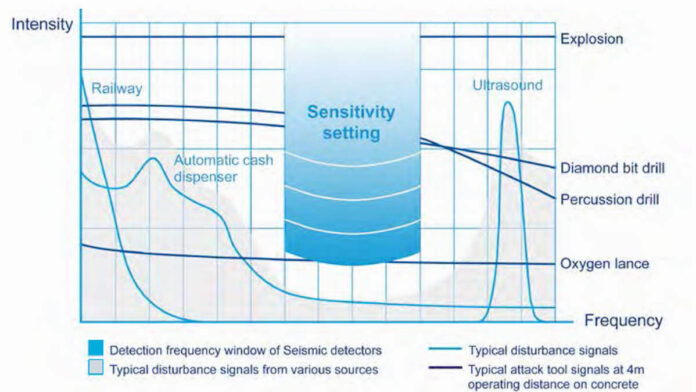How To Install Vibration Sensors In Security Applications.
How To Install Vibration Sensors – I’m interested in using structural vibration sensors that will report attacks against a key building and a vulnerable entrance. While it’s easy enough to get information from suppliers in relation to available product, getting a feel for proper application is a bit harder for us in the planning stages – what does SEN recommend we focus on?
A: Physical structure of is key with vibration sensors. Any structural attack sensor needs to be permanently fixed to a structural concrete or masonry wall or floor. Any metal or metal clad structure that can vibrate through the movement of heavy transport, or expand in the sun, is not going to make a great base for structural attack sensors.

It’s also vital that each sensor’s coverage will be directly related to the density and the stiffness of the base to which it’s fixed. Something to note is that you should never attach sensors to a structure that might shift when exposed to regular activities that occur on the site, including the movement or operation of plants or heavy mobile machinery. Or the vibration of plumbing, etc. The only way to get this right is to conduct a field test. Much of the sound vibration on a site will be undetectable by hearing or feel.
Even if a surface seems ideal for the application of structural sensors, you still need to make sure that the structure will actually transmit vibration signals – it may not. A vibration that occurs as an intruder attempts to get through an external wall may need to travel through that wall and down its surface before getting to a sensor.
Remember that things like flex joints and mortar joints are going to attenuate the signal significantly. In terms of wall-mounted installation, sensors should be placed at intervals of about 6m about 1.5m above the floor level (it is possible to install structural sensors on floors).
If there’s a problem with transmission of vibration from the source to the sensor, install a steel channel along a wall, with regular fixings (every 1.5m) to ensure a good vibration path. The structural attack sensors are then mounted inside the steel channel.
You can learn more about vibration sensors here, check out Vanderbilt’s capable GM 730 seismic sensors here, or read more SEN news here.
“How To Install Vibration Sensors In Security Applications.”










